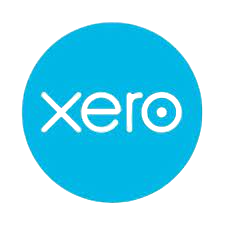Budgeting & Projections
Budgeting & Projections

Enhance Your Business Strategy with Professional Budgeting & Projections!
Ensure accurate and reliable cash flow forecasts tailored specifically to your business needs. Our expert team saves you time, reduces errors, and empowers you to make informed, strategic decisions for your growth.

Ensure Stability with Our Budgeting & Projections Services
Cash flow is the lifeblood of any business, and effective management is crucial. Without proper projections, businesses risk running into liquidity issues, even when they’re profitable.Let our global team of professionals provide you with accurate cash flow projections, giving you the confidence to navigate turbulent periods with stability.
Proactive Cash Flow Projections for Business Success
For startups, this risk is even greater. Mismanaged cash flow is one of the leading causes of failure in early-stage businesses. With precise projections, you can avoid common pitfalls and ensure your startup thrives during its critical growth phase.

Our team is expert of following softwares & other ERPs:






